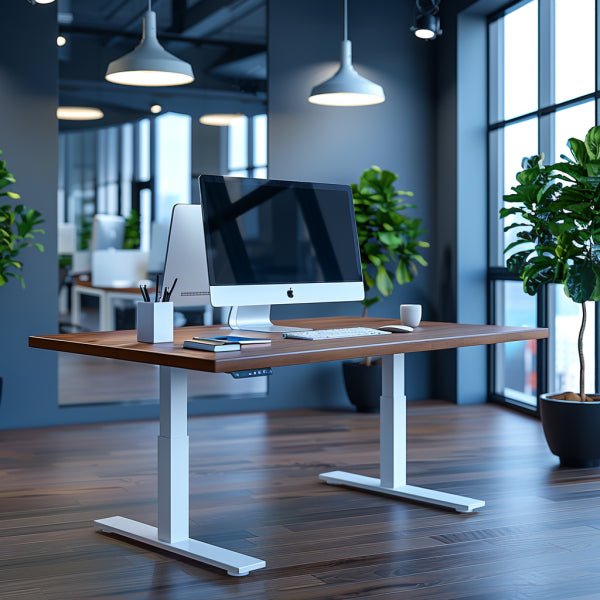
Are Standing Desks Good for Your Back?
Standing workstations are becoming increasingly popular as an alternative to traditional sitting desks. Many people believe they offer significant health advantages. Advocates of standing desks claim they can enhance posture, alleviate back pain, and boost productivity. But what does the scientific research say? Are standing desks truly beneficial for your back? Let's delve into the topic to find out what's backed by evidence and what's not.
Understanding the Problem
Sitting for long periods, known as sedentary habits, can lead to various health issues like obesity, heart disease, and problems with muscles and bones. Many office workers suffer from back pain because they sit at their desks for hours. Standing desks aim to offer a healthier choice by letting people switch between sitting and standing throughout the day.
The Case for Standing Desks
Improved Posture
Standing desks help you sit up straighter, reducing slouching and improving posture. This can ease spinal tension and lessen back and neck pain.
Lower risk of Musculoskeletal issues
Research indicates that using a standing desk lowers the risk of musculoskeletal problems like lower back pain and neck/shoulder discomfort compared to sitting for long periods.
Enhanced Movement
Standing desks promote frequent physical activity during the day. People tend to move, shift their weight, and stretch more often compared to sitting for long periods.
Possible Increase in Productivity
Many users report feeling more alert and productive while using standing desks. This might be because standing improves blood circulation and reduces feelings of tiredness.
Addressing Concerns
Standing Too Long
Standing for too long, just like sitting for extended periods, can lead to discomfort and health issues. It's important to find a balance by alternating between sitting and standing.
Using a Standing Desk Properly
To make the most of a standing desk, it needs to be set up correctly. Adjust the desk height so that your arms form a 90-degree angle when typing to prevent neck strain. Also, position your screen at eye level to avoid discomfort.
Adjusting Gradually
Your body may need time to get used to using a standing desk. Start by standing for short periods and gradually increase the time to prevent strain and exhaustion.
Conclusion
Standing desks can help your back when used correctly and in moderation. They offer a good way to counteract the negative effects of sitting for too long and create a more active and healthier work environment. It's important, though, to use them carefully to get the most out of them and avoid any possible risks.
